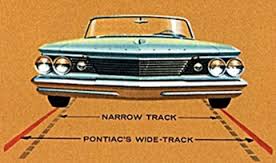Irishman999
Full Access Member
- Joined
- Jul 30, 2010
- Posts
- 6,993
- Reaction score
- 221
- Location
- Safford Arizona
- First Name
- Jason
- Truck Year
- 1985
- Truck Model
- K-1500 High Sierra
- Engine Size
- 305
I don't even like to think about it! I haven't dug too deeply inot the temp rating on those tires for good reason. I imagine they aren't rated for the sort of use i have put them to.
At least yours are radials and not bias ply haha.


